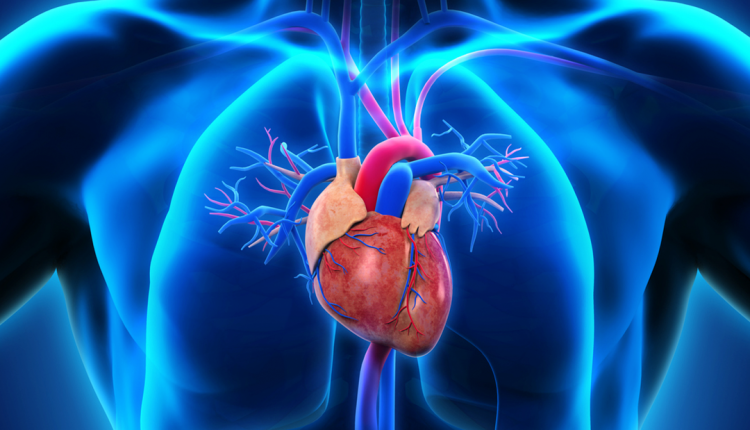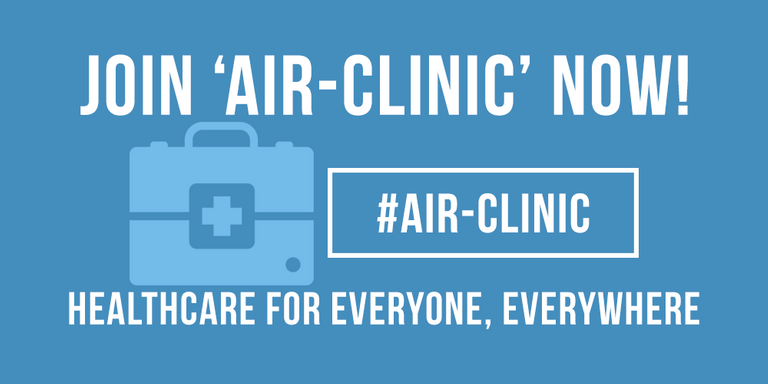
Globally, cardiovascular disease (CVD) is considered the number one cause of death. In 2013, there is an estimate of 17.3 million people who died from CVD (Benjamin , Blaha , Chiuve , Cushman , Das , Deo, de Ferranti , Floyd , Fornage , Gillespie , Isasi , Jimenez , Jordan , Judd , Lackland , Lichtman , Lisabeth, Liu, Longenecker , Mackey , Matsushita, Mozaffarian , Mussolino, Nasir, Neumar, Palaniappan, Pandey, Thiagarajan, Reeves, Ritchey, Rodriguez, Roth , Rosamond, Sasson, Towfighi, Tsao, Turner, Virani , Voeks, Willey , Wilkins , Wu, Alger, Wong Muntner , 2017). In the Philippine setting, the Department of Health (DOH) ranks CVD as one of the top killers which accounts for half of the deaths in the country annually (DOH, 2017). In 2003, it ranked number seven as the leading cause of death among young people aged 10 to 24 and 40% of the deaths of the same age group belongs to non-communicable diseases, including heart disease, a type of cardiovascular disease. Major causes of CVD include physical inactivity and improper diet (Vinluan, 2010). Furthermore, previous studies conducted in the Philippines found out that college students typically practice poor eating habits and develop sedentary lifestyle (Deshpande et al., 2009; Davy, Benes & Driskell 2006; Keating, 2005; Rodriguez, 2004; Silliman, 2004; Chang & Kim, 2003).
Unwholesome diet and physical exercise deprivation are leading global risks to health hence, the World Health Organization (WHO) in 2015 has again emphasized and advocated the importance of healthy diet to prevent a range of non- communicable diseases and conditions. Among adolescents, one of the salient issues in the first few years of college is weight gain which, if not addressed properly, will eventually lead to adult obesity. Related literatures have identified varied factors affecting weight increase; but, there is unclouded proof in behaviour patterns among college students that lower rates of physical activity and poor nutritional choices are directly linked with weight gain (Gruber, 2008).
Occurrence of chronic diseases is typically prevalent among adolescents because their diets are low in fruit and vegetables. In addition, insufficient fruit and vegetable consumption has been linked to certain types of cancer and other diseases (Bas & Kiziltan, 2007).
According to a study conducted by Paulo (2010) on patterns of meals eaten by adolescents, adolescents have faster rates of growth and development which is why they require higher nutrient and energy intake. During this period, attitudes may affect food choice and the development of eating habits, which in turn may be associated with current and lifetime nutritional status and with energy imbalance. The diet of adolescents is characterized by a preference for foods high in saturated fat, cholesterol, sodium, and refined carbohydrates, often represented by the consumption of pastries, salty snack foods, fried foods of animal origin, and sugar-sweetened drinks.
In the same way, a national survey in US found in the study of Story and Stang (2005) shows that 88% of adolescents consume at least one snack per day and the food choices made by adolescents while snacking tend to be high in sugar, sodium, and fat, while relatively low in vitamins and minerals. Soft drinks are also the most commonly chosen drink during snack time for adolescent females and account for about 6% of total caloric intake. Since adolescents often snack on what is readily available, healthy food choices are no longer given importance and are most of the time neglected. As teens become more independent, eating away from home increases due to teens enjoying at fast food restaurants and this has a direct bearing on the nutritional status of adolescents because many fast food restaurants serve food that are high in fat and low in fiber and nutrients.
In a study conducted by Sacige (2007), having snacks throughout the day is frequently done by adolescents and snacking after school was the most common way to enjoy that time with 75% of adolescents indicating they snacked during this time on most days or every day. Adolescents also consume snacks frequently while watching TV, while hanging out with friends, while doing homework or working. The results of Sacige’s (2007) study reveal that females are more likely than males to report that they often snacked on the run, while hanging out with friends and while doing homework or working. Males, on the other hand, snack on the way or from school and in the middle of the night (Int J Behav Nutr Phys Act, 2007).
These consumption patterns may be related to the improvements and advancement in technology wherein individuals have become dependent and have lost motivation to stay fit and healthy. Instead, they enjoy lounging around and spending the day in front of the computers or their TV and because of that, they forget the importance of physical activity. Regular physical activity improves cardiovascular risk factors (BP, lipid profiles, and blood sugar) and lowers the risk of developing other chronic diseases, including type 2 diabetes, osteoporosis, obesity, depression, and cancer of the breast and colon (Deshpande, Basil & Basil, 2009).
Physical activity starts to declines when the youth enters high school and all the more as they get in college. As adolescents grow, they become more accustomed to living a sedentary lifestyle. In fact, in a study conducted by Kilpatrick., Bartholomew & and Riemer (2003), only 38% of college students are active in regular vigorous activities and 20% in regular moderate activity.
Isn't this alarming? This is a call to make people realize the consequences of not eating proper food, and not doing regular exercises. We health professionals should stand together to promote and promulgate these information towards the public. Proper health education in any ways and forms could be of help to at least make people aware of their health. Being part of the health team should make us responsible in distributing this knowledge for the betterment of everyone.
Health is indeed wealth, cause without it, our body can no longer perform tasks needed for us to earn. So even if you are just sitting there, making a blog, steeming, commenting, or even upvoting posts, you still need to take care of yourself. Eat right, don't make your life sedentary, at least do a 30 min jog everyday, and you're good to go.
Image Source(direct link to img)
You can join the air-clinic group on discord
by following this link -> https://discord.gg/rqded5m

By typing @steemgigs as your witness, just click -> https://steemit.com/~witnesses


Give credit to the source of your image. You can use this tool https://steemitcuration.appspot.com/imageformat
Yeah, that's what I copied earlier. I just forgot. Sorry. And thanks